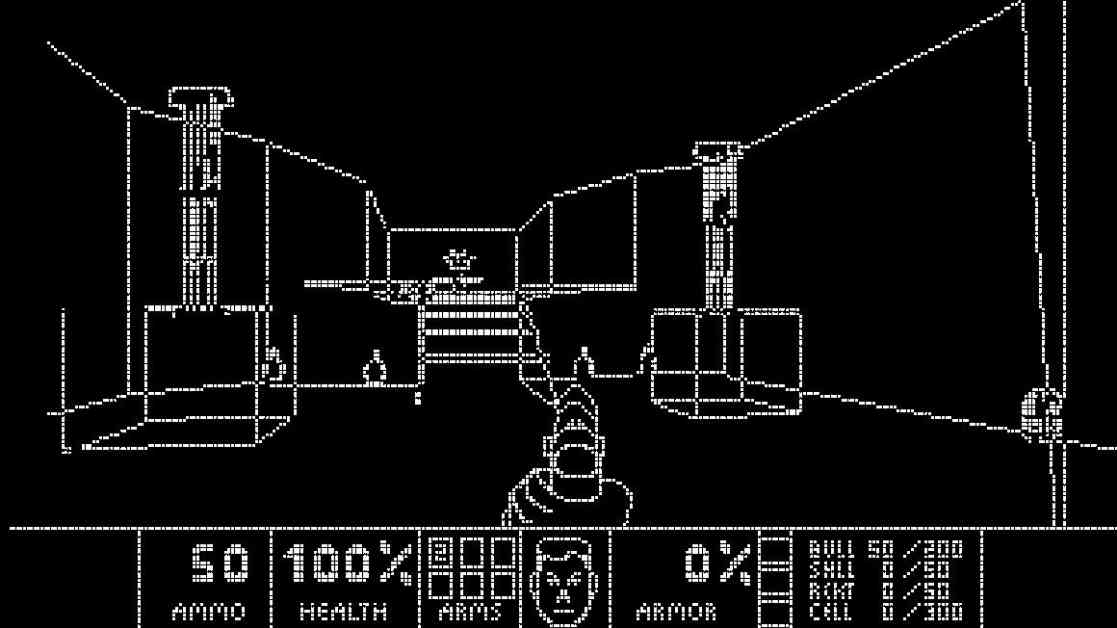Quantum computers have taken a significant step forward in the world of gaming, with the iconic title DOOM now being ported to these advanced machines. This groundbreaking achievement comes from Barcelona ICFO-based Quantum Information PhD student Luke Mortimer, also known as Lumorti. The release of Quandoom 1.0.0 marks a new era in gaming, where the spooky action of quantum computing meets the blood and gore of the classic first-person shooter.
Unveiling Quandoom
Quandoom is a quantum version of DOOM that pushes the boundaries of what is possible in the gaming world. Lumorti humorously mentions in the ReadMe file that “It is a well-known fact that all useful computational devices ever created are capable of running DOOM.” This lighthearted comment underscores the innovative nature of this project and the potential it holds for the future of quantum computing.
Technical Specifications and Challenges
While the idea of DOOM running on a quantum computer is exciting, the technical requirements for Quandoom are quite steep. Lumorti reveals that the QASM code necessitates 72,376 qubits and 80 million gates, specifications that are currently beyond the capabilities of existing quantum computers. As a result, Quandoom can be run on a classical computer, even a modest laptop, using a lightweight QASM simulator. This workaround allows DOOM fans to experience Quandoom without the need for cutting-edge quantum hardware.
Gameplay and Performance
Despite the challenges posed by quantum computing requirements, Quandoom still manages to deliver an engaging gaming experience. The simulator running on a laptop PC can achieve 10-20 frames per second, providing players with a taste of the action-packed world of DOOM. An animated GIF shared by Lumorti showcases the on-screen Quandoom action, reminiscent of classic arcade games like Atari Battlezone (1980). The unique X-ray mode adds a distinctive visual element to the gameplay, enhancing the overall experience for players.
For those eager to try Quandoom on their PCs, the process is relatively straightforward. By downloading the files from GitHub and dragging the Quandoom.qasm file onto the simulator (simulator.exe), players can immerse themselves in the world of quantum gaming. It is important to note that the file may take some time to load and requires approximately 5-6GB of RAM. Additionally, the initial release of Quandoom features only the first level, with aspects like color, music, and sound still in need of refinement to fully replicate the original DOOM experience.
Lumorti’s dedication to the project is evident in the extensive work put into Quandoom. With over 8,000 lines of C++ code, a custom 3D engine, game logic, and quantum registers, the developer has created a unique gaming experience that pushes the boundaries of what is possible with quantum computing. Despite occasional boredom with the project, Lumorti continues to refine and improve Quandoom, hinting at the possibility of releasing the source code if there is enough interest from the community.
In conclusion, the porting of DOOM to quantum computers represents a significant milestone in the intersection of gaming and quantum technology. Quandoom’s innovative approach to combining classic gameplay with cutting-edge computing showcases the potential for future advancements in the gaming industry. As quantum computing continues to evolve, projects like Quandoom serve as a testament to the creativity and ingenuity of developers like Lumorti who are pushing the boundaries of what is possible in the world of gaming.













